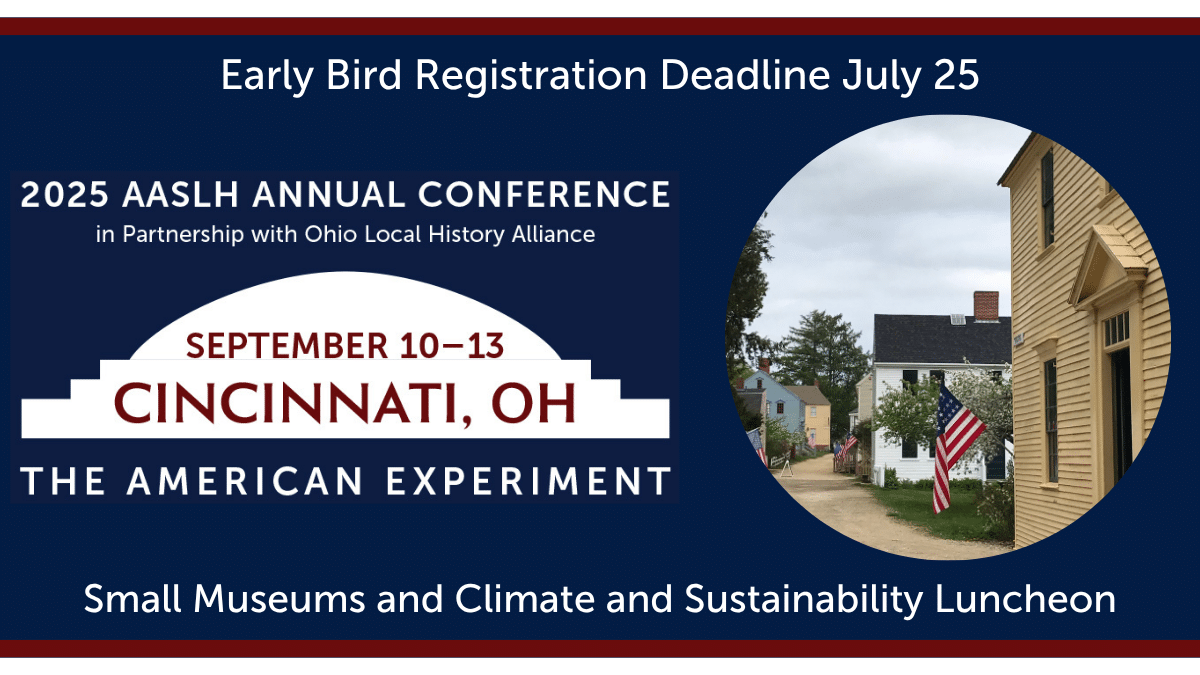Several job-hunting colleagues have recently asked me to review their cover letters. Bearing in mind that I have not applied for a job in over 10 years, but have done some hiring in the more recent past, I offer these thoughts for consideration.
The first paragraph should say exactly what you want: “I am applying for this job because I believe my skill set matches what you are looking for.” This is also a good place to say something nice about the museum or to drop a name (e.g., I am writing at the suggestion of….)
The next two to three paragraphs should show how your experience matches their needs. Don’t repeat anything in your resume (e.g., “At the XYZ Museum I…”), but instead relate that responsibility to one in the job you are applying for (e.g., “My work with donors at the XYZ Museum developed my customer service skills”). This is the place where you help your potential employer make those connections they might not see if they are looking for word-for-word parallels between your previous jobs and the one you are applying for. You can also bring in non-employment skills (like foreign languages or your ability to learn new things readily) and volunteer activities. As a personal example, I was the Development Officer for the Registrars Committee in 1991 and used that to show I had fundraising skills for a Director position.
It’s probably best to pick only a few of the top responsibilities or skills they are looking for. If you can help them see how your experience relates to those, it may give you the foot in the door that will lead to the interview. Also, you don’t have to refer to everything in your resume (even the most recent stuff). Your resume will tell them what you think is most important about you; the cover letter is a place to show how you have what they think is most important.
The last paragraph should offer to provide more information and imply that you’ll be talking directly (in an interview) soon (e.g., “I look forward to talking to you more about my qualifications and this position”). And don’t forget a thank you for the reader’s time and consideration.
Some more thoughts:
The question of how to sign the cover letter was raised recently in an online forum. A job application and associated cover letter is personal correspondence. It is not part of your work activities and your signature (and return address) should be a personal one and not include your current title or institution. Your prospective employer can find your current job and title in your resume and you probably don’t want your current employer to know the details of your job search.
More useful ideas came as a result of Anne Amati’s recent request on the AAM Registrars Committee listserv for tips for job applicants. Among these include demonstrating (not just listing) your attention to detail in your resume and cover letter by making sure you have no typos, grammar mistakes, abbreviations (my personal dislike includes “&” instead of “and”) or text shorthand. Making your whole application, but especially the cover letter, specific to the organization and job you are applying for is critical and, above all, follow directions. If the instructions say not to call, do not call. More responses can be found in the RCAAM-L Archives. (For information about subscribing to this listserv or accessing the Archives visit www.rcaam.org)
Finally, check out the April 25, 2016 posting on the wonderful blog, Nonprofits with Balls (“Hey job applicants, stop doing these dumbass things”).





